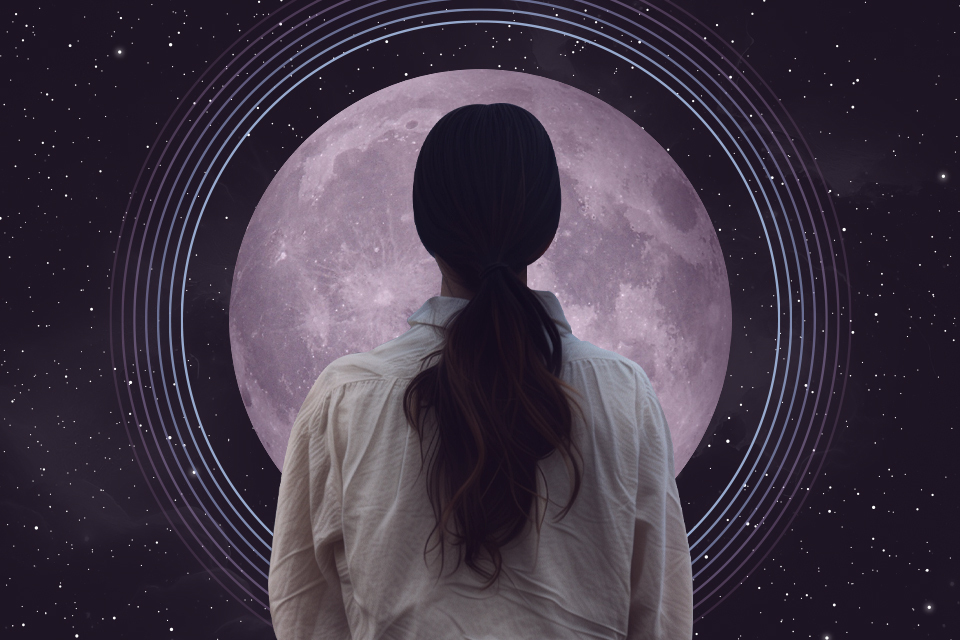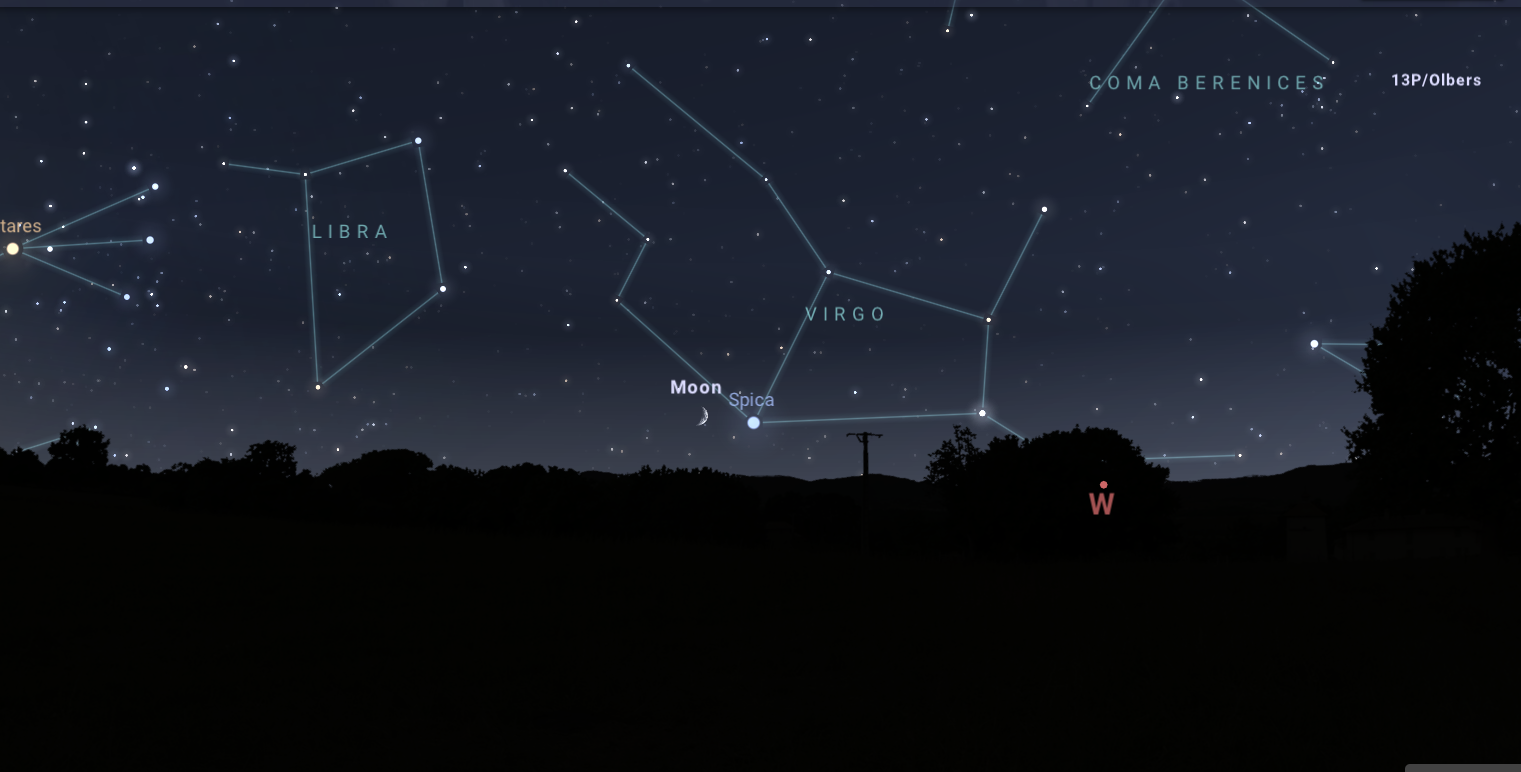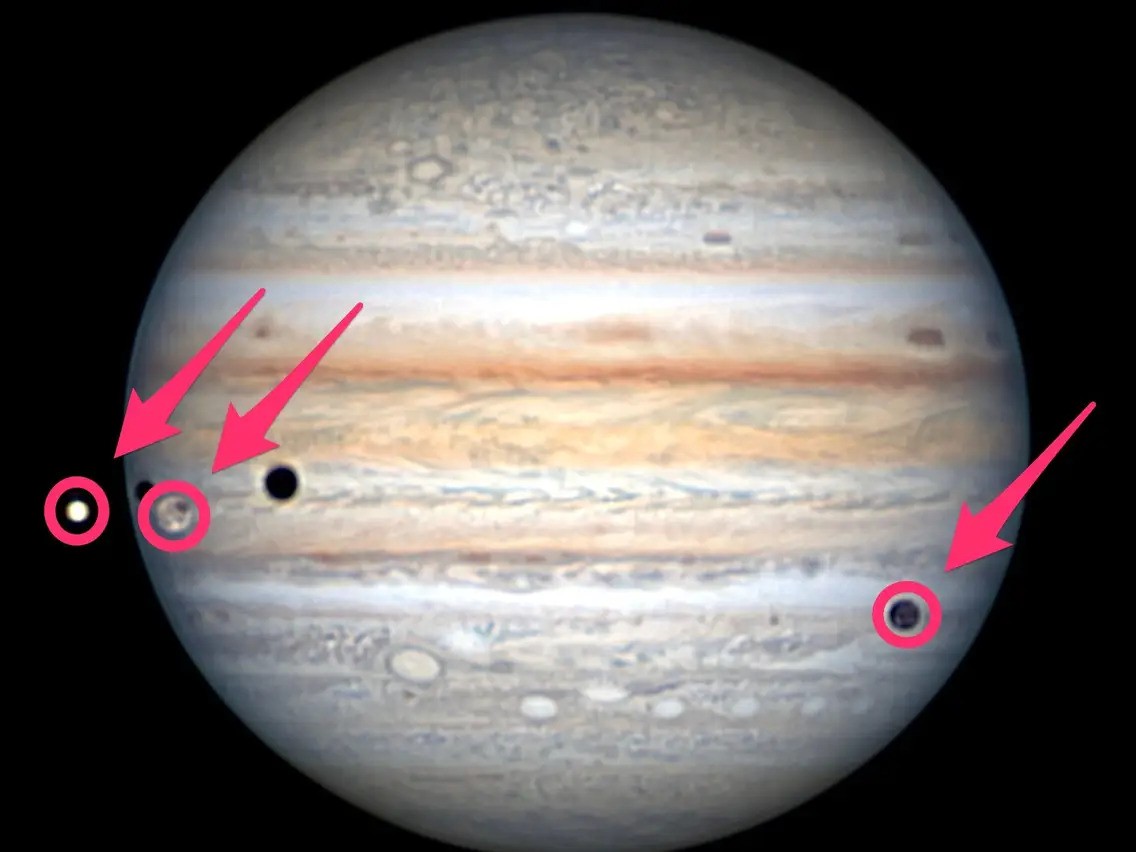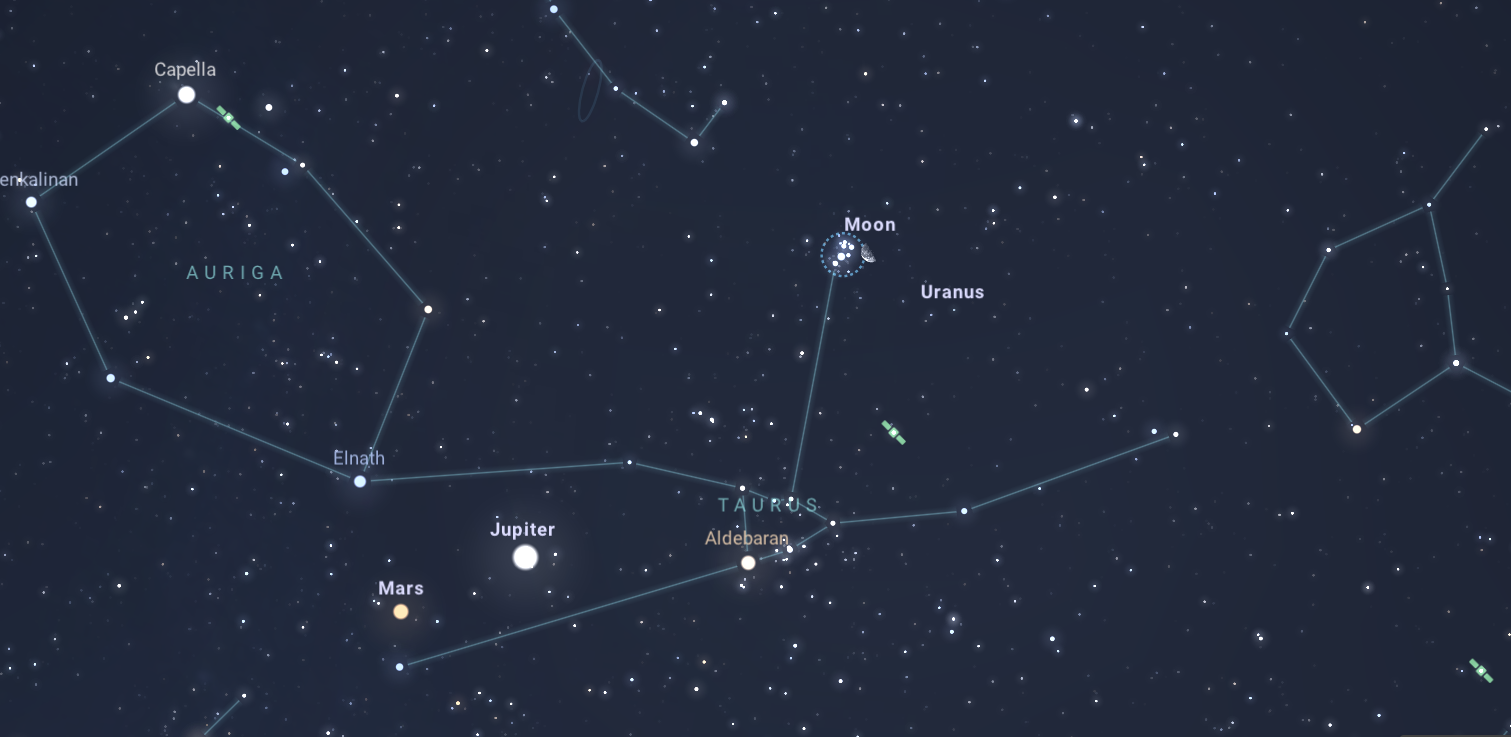August is the third month of summer. The nights will already be much longer than in previous months. This will facilitate astronomical observations. Traditionally, the best conditions for observing the summer-autumn triangle occur at this time. These are the names of the bright stars: Deneb, Altair, and Vega. However, there will be other astronomical events.
The third month of summer is known as stargazing time. During at least two of them, we can see more than 10 “flying stars” every hour. Also in August 2024 we are expecting several conjunctions and approaches of the Moon to the planets, as well as a very rare phenomenon of two moons of Jupiter passing through its disk at once.

Early August
August 4
- New Moon. A few days after it, if the sky is clear, it will be possible to see “Da Vinci glow”
August 6
- Confrontation of the asteroids Irida and Psyche.
August 7
- The Moon is in conjunction with Venus (it will have a stellar magnitude -3.9m), with 0.5° between them.
- Venus (-3.9m) is in conjunction with Mercury (1.8m), Venus is 5.7° north of Mercury.
Both of these events will be almost impossible to observe at our latitudes.

August 10
- The Moon will pass close to the star Spica (α Virgo)
Mid-August
August 12
- The Perseids meteor shower is at its maximum, with up to 100 meteors expected to be seen every hour that night. It should be noted that the phenomenon itself will be observed all the time from July 17 to August 24.
- The moon will be in its first quarter phase
August 14
- Conjunction of Mars and Jupiter/Mars (stellar magnitude 0.8m) at 0.3° north of Jupiter (-2.2m)
August 15-18
- Comet Olbers (13P/Olbers) passes through the Coma Berenices cluster
August 17
- The maximum of the κ-Cygnids meteor shower. However, it will be very weak. Only up to two meteors can be seen within an hour.

August 18
- A double transit of the moons’ shadows across Jupiter’s disk will be observed. At the same time, the shadows of Io and Europa will move across the disk of the Solar System’s largest planet. However, you will need a small telescope to observe this event.
August 19
- Full Moon. It is called Sturgeon Moon and during it a super full moon will be observed.
Late August
August 21
- The Moonis in conjunction with Saturn (0.7m); Saturn is covered by the Moon. In Ukraine, it will occur after sunrise. The two planets will be very low above the horizon.
August 22
- Moonis in conjunction with Neptune. In certain regions of Ukraine, the most distant planet of the Solar System will not only touch the disk of our moon, but will hide behind it. In order to see it all, you will have to use a telescope.
August 25
- Moonis in conjunction with Uranus (5.8m), with 3.4° between them. You will need a small telescope or binoculars to see it.

August 26
- The Moon is in its last quarter phase, passing through the diffuse Pleiades star cluster. Through binoculars or a telescope, you can see tiny stars hiding behind it.
August 27
- The Moon is in conjunction with Jupiter (-2.2m), with 4.9° between them. In Ukraine at this time they will already hide behind the horizon, but before dawn the spectacle will still be unforgettable.
August 28
- The Moon is in conjunction with Mars (0.7m), between them 4.5°.
August 31
- The maximum of the Aurigids meteor shower. During it, up to 10 meteors will be seen on average within an hour.


